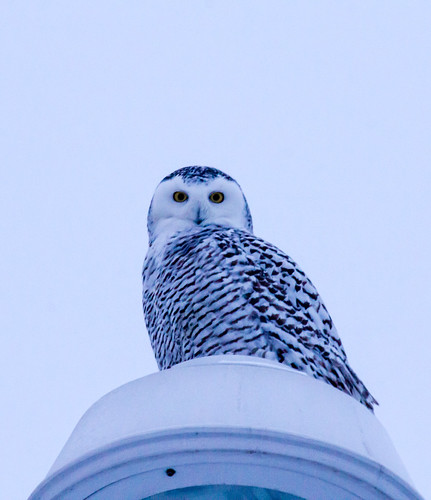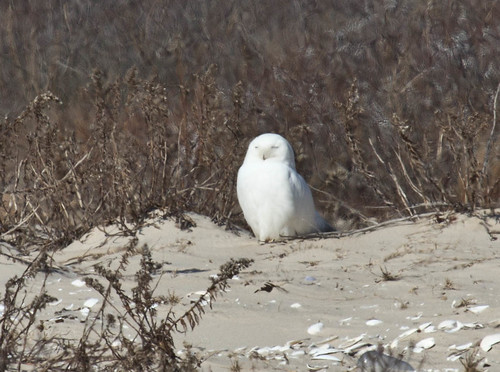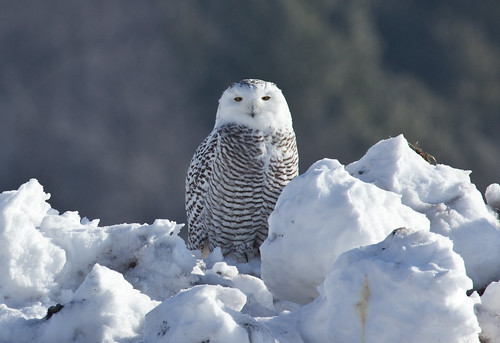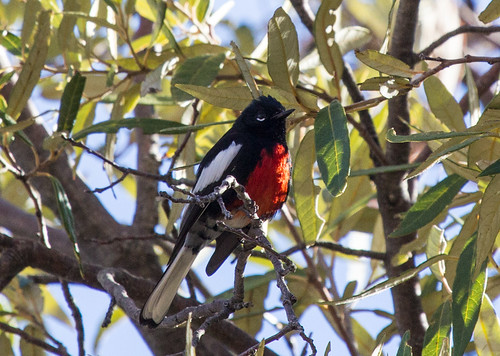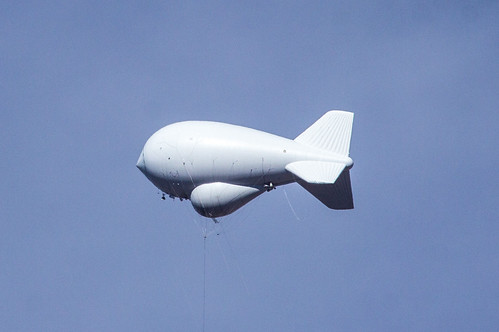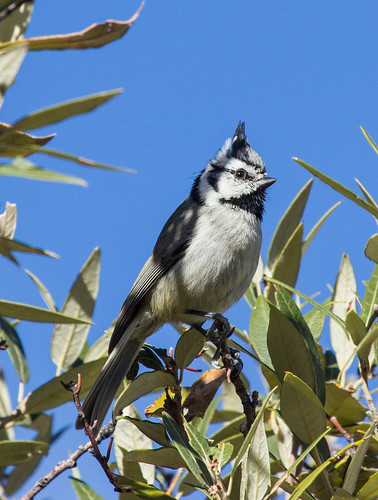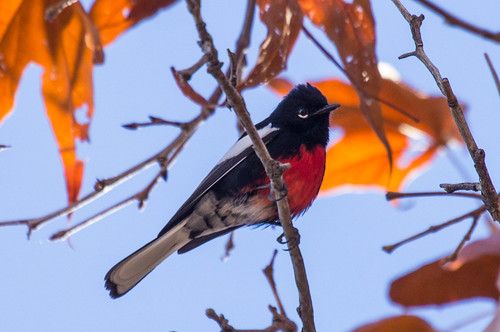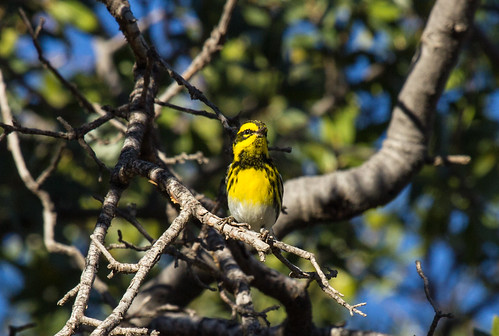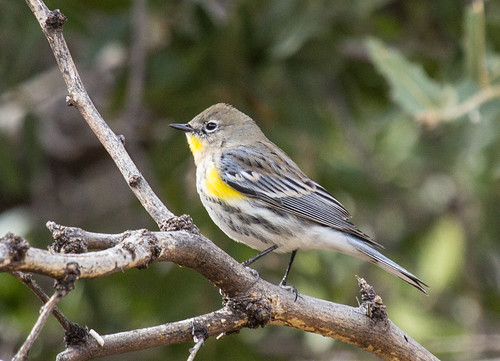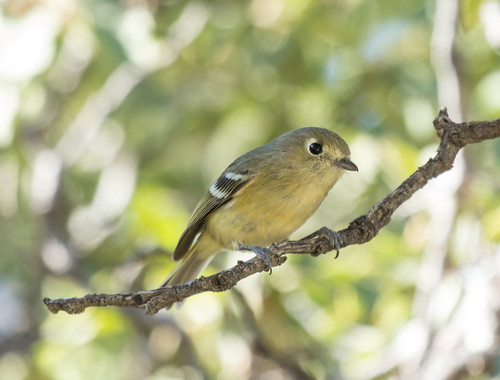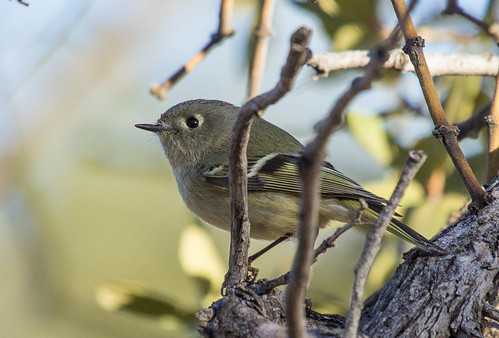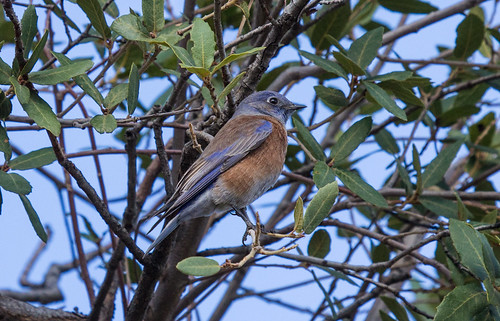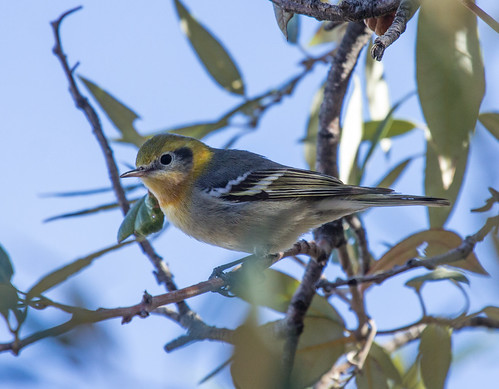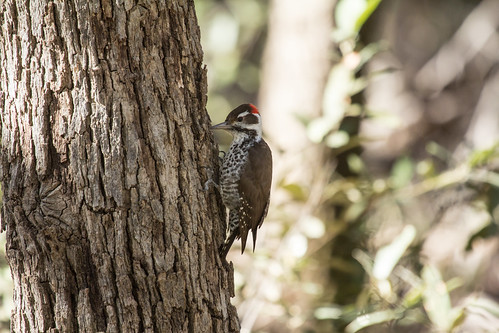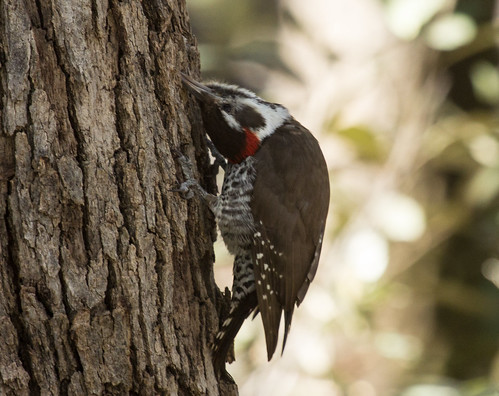One of my saddest memories from when I was rehabbing birds was when I received a call from the animal shelter in Superior. They had been brought a Snowy Owl, and called me. The bird was in its final death throes when I picked it up, and it died in my arms. It went down to the Twin Cities for necropsy, but I didn’t get the results. Starvation isn’t all that likely in Snowies in our area, except as a side effect after an injury, poisoning, or disease. Their exceptionally thick plumage makes it difficult at best to search out wounds and injuries, and I was so sad holding this tragic figure in my arms, so huge but so astonishingly light, that I didn’t have the heart to stretch out wings and legs and feel its bones to tell if it had a break. I couldn’t help but feel the keel bone—the bird was emaciated, its flight muscles so atrophied that the keel under the loose skin of the breast felt like the front of a canoe.
People have lovely, romantic impressions of this astonishingly beautiful owl, but how can they not with Harry Potter’s memorable Hedwig? And real Snowy Owls are ever so much more thrilling than their fictionalized versions.
This year turns out to be a huge Snowy Owl invasion year. Snowy Owl invasion years sometimes happen for two or three years running. The first year usually occurs not when the birds’ prey is depleted but, ironically, when it’s been most abundant. The favorite prey of Snowy Owls, and the one they most feed their young, is lemmings, which undergo huge population swings. Why does a year of plenty precede an invasion? In most years, a pair of Snowy Owls produces about 3–5 young. In years when lemmings are exceptionally scarce, they produce only 1 or 2, or sometimes none at all. But in years when lemmings are exceptionally abundant, a pair of owls may produce as many as 7–11 in a single brood. Come fall in those years, when Snowy Owls become territorial, there are just not enough territories available for so many birds. The adults can chase off inexperienced younger birds, and the immature females, being much larger than the immature males, can chase them off, so most sightings of them that first year of an invasion usually involve immature birds, mostly males. But as with any generalization in the natural world, this is not universal. In February 2012, late in the stages of the first year’s invasion, Russ and I visited New York City and brought our Katie and Michael to Rockaway Point right next to the town of Breezy Point, where we saw two Snowy Owls. One was an immature male, but the other bore the immaculate, white plumage of a very mature adult male.
This year the invasion includes many more adults in the mixture—at this point, it looks like the lemming population is at low ebb, and so more owls are leaving their familiar home grounds and are turning up in a great many places. Snowy Owls are a true tundra species, unfamiliar with trees, and adept at hunting in open areas near water, so they gravitate to cities, especially at airports and along beaches. A bird bander from Massachusetts Audubon has already trapped and relocated at least 20 from Logan International Airport. Airplane-bird collisions are always dangerous to people, and always lethal to the birds, so removal is essential. Indeed, Logan was the site of the worst airplane-bird collision ever in terms of human lives lost when, in 1960, an Electra jet collided with a flock of starlings—the crash killed 62 people.
At least 5 airplanes have already collided with Snowy Owls in the three New York airports this year. Snowy Owls weigh less than 5 pounds, and these particular collisions caused very minor structural damage to the planes even as they killed the owls. But bird-plane collisions can cause expensive damage and the loss of human life, too, so the New York and New Jersey airport authorities started shooting the birds. There really is no advantage to killing them over simply relocating them, and public outcry, mostly spearheaded by birders, was huge. Yesterday they issued a press release saying they are now working with the New York State Department of Environmental Conservation to relocate the birds. I love when people get out of debate mode, don’t dig in their heels, and actually work together to solve problems. Makes me think there’s hope for our species yet.

